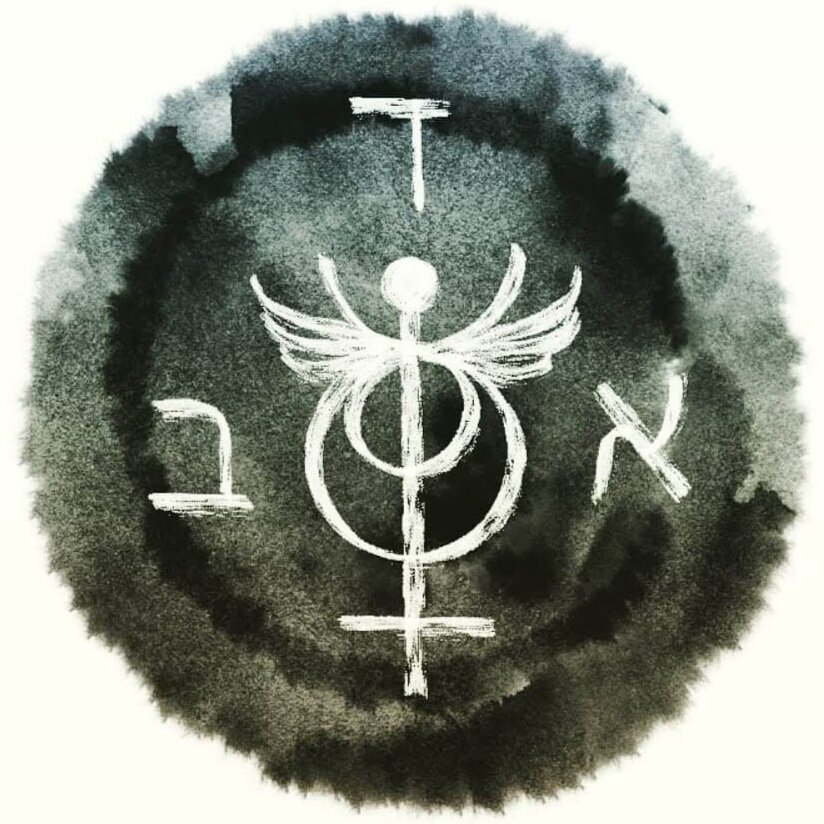Enter The Archive
The digital landscape has transformed the archive from a static repository into a dynamic, living organism. It challenges traditional boundaries and beckons users on an unprecedented exploratory voyage. Deep into a trance of research, I slipped into the concept of "strange eros" in Lynne Huffer's work. This concept sparked the idea for this project, which delves into the intersection of knowledge, affect, and monstrosity within the enigmatic nature of the digital archive.
Imagine the digital archive as a monstrous body, a swirling entity that embodies reason, unreason, and eros in a tangled embrace. Following Huffer's interpretation of Foucault's ideas on the "outside" and the erosion of boundaries, I explore how the digital archive functions as a liminal space. Here, the lines between knowledge and uncertainty blur, inviting users to confront the inherent fluidity of existence.
Huffer's elucidation of strange eros as Foucault's ethopoietic method resonates deeply within the context of the digital archive. She notes, "Not a flood of light inside the room, but an eros that flashes up, then disappears into strangeness". [1] Here, eros is not merely sexual but rather a murmuring background noise out of which knowledge is extracted and subjectivity is constructed. In this way, the digital archive becomes a site where strange eros manifests as a disruptive force, challenging linear modes of scholarship
As users navigate the digital archive, they are confronted with the paradox of binding and unbinding. As Huffer observes, "The unbinding occurs… across the (documentary and epistemic) edges of a time that borders my own and is therefore other to me". [2] Through the ethopoetic practice of making and unmaking, the digital archive becomes a space of transformation, where new fictions emerge and truth is redefined.
The chosen medium for this project is a hypertext system, meticulously crafted to embody the ethos of strange eros within the digital archive. This immersive platform will feature a rich tapestry of theoretical essays, evocative poetry, insightful interviews, and affective cues carefully curated to guide the reader on a journey of inner and outer stimulation. Through the labyrinthine corridors of this hypertext system, users will confront the monstrous nature of knowledge, delving into its murky depths while navigating the interplay between reason and unreason. By embracing fragmentation and user agency, the hypertext system becomes a dynamic space for exploration and engagement, inviting readers to confront the uncanny and the unknown on their own terms.
—

